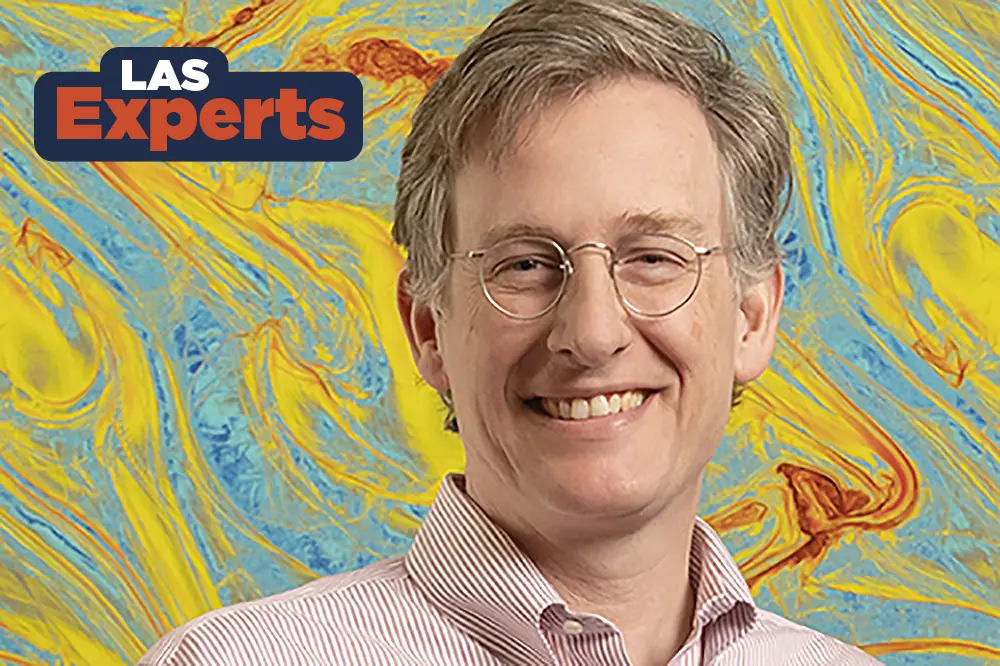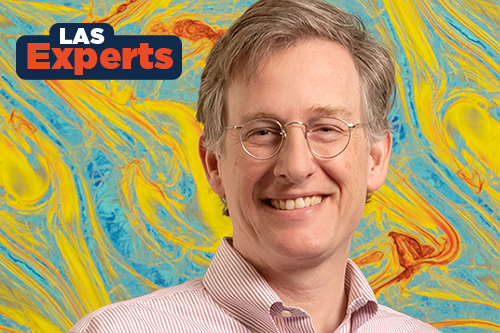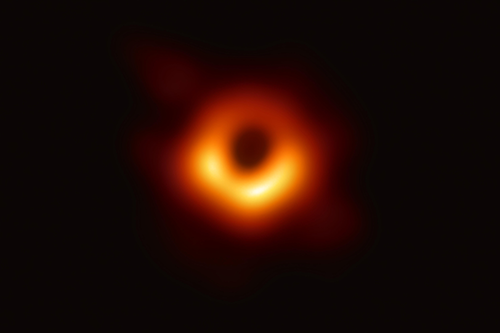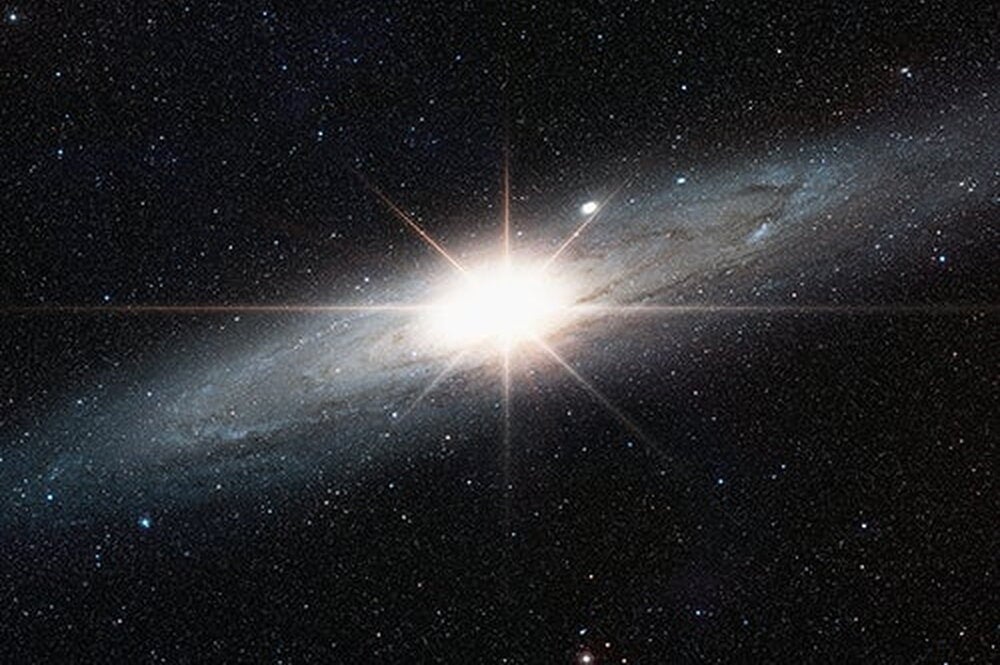

They say a picture says 1,000 words, but the photo that Charles Gammie helped take in 2019 generated more than a few awe-inspired gasps as well. The professor of astronomy and physics helped lead the Event Horizon Telescope Project that captured the first-ever image of a black hole. Gammie refers to that as his proudest achievement, but black holes aren’t his only interest. He also researches the origins of the Moon and takes inspiration from a great artist in the past.
What is your area of expertise?
I am a computational astrophysicist who has worked on black hole accretion, planet formation, star formation, cosmic ray transport, and interstellar turbulence. I have developed numerical methods for modeling relativistic plasmas, relativistic radiation magnetohydrodynamics, and radiative processes in hot plasmas.
What are you working on now?
I have three main current interests: (1) the origin of the Moon, (2) modeling the flow of gas onto black holes (“accretion”), and (3) using models of black hole accretion to interpret images of black holes that have recently been produced by the Event Horizon Telescope collaboration. I think anyone who is deeply curious about the universe finds the Moon and black holes interesting! It is also satisfying to work with incredibly talented young researchers, and thanks to the talents and tools we have here at Illinois it is exciting to be able to make progress on longstanding problems.
What impact does your work have?
We do work that, we hope, will open new doors for researchers in our field to explore the universe. In our work on the Moon, we have shown that magnetic fields may play a big role in the making of the Moon. This could motivate experiments to be done on future visits to the Moon, and it could affect the viability of the most widely accepted picture for how the Moon formed.
In our work on black holes, we’ve taken a picture of a black hole! This picture was seen by billions of people around the world, and I hope inspires young people to think about careers in science.

How has your field changed since your career began?
In astrophysics the field has transformed completely since I entered graduate school. We are in a golden age of astronomical discovery – astronomical instruments are orders of magnitude more sensitive than they once were. Hubble, for example, launched just as I was completing my PhD thesis. We now know so much more than we once did. We know that there are black holes in the middle of almost every galaxy, we know the age and density of the universe, and we have detected gravitational waves from merging black holes!
I also work in computation, and there the transformation has been equally dramatic. When I started in astrophysics we were lucky to get a few hundred hours of time on a hugely expensive computer that was less capable than a smart phone is today. Now—thanks in part to developments at the University of Illinois—we have access to tens of thousands of powerful processors, and we can easily perform calculations that were once inconceivably difficult. There are dramatic transformations as well in algorithms, attitudes, and expertise.
What do you enjoy most about teaching? What advice would you offer to students interested in your field?
Like most faculty members, I’m delighted when a student can pick up an idea and use it to do something new and beautiful. Michelangelo’s mentor showed him how to use a paintbrush; that is what I hope to do for young astrophysicists.
Students who are interested in astrophysics or planetary science should start by learning all the math and physics they can—it is the language we use to describe the universe, and studying astrophysics without them is like studying French literature without French.
Editor's note: This LAS Experts profile is part of a series to highlight the groundbreaking work by faculty in the College of LAS. Visit here for other profiles.


